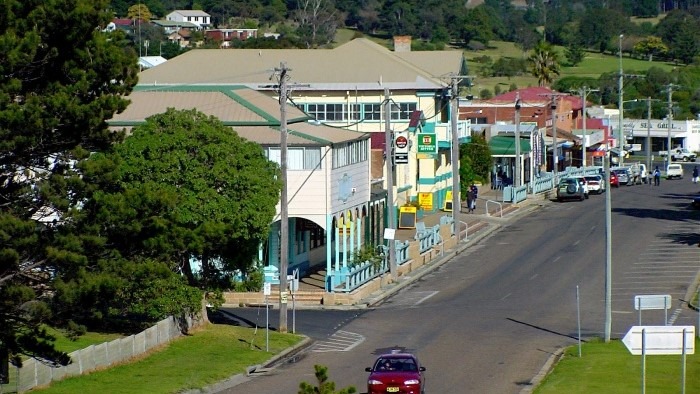The COVID-19 pandemic laid bare the isolation of dental healthcare from the rest of Australia’s health system, despite strong links between oral health and people’s physical function, general health and social integration.
This has led experts to shine new light on the potential role of dentistry in the broader health system, both during and beyond the current pandemic. Because dentists, unlike other healthcare professionals, see patients who are otherwise generally well, dental practices across urban, rural and remote communities are uniquely positioned to act as hubs for tracking community health.
Reimagining the dental profession could increase the resilience of the wider healthcare system across Australia in times of pandemic and beyond.
Dr Alexander C. L. Holden, Professor Heiko Spallek and Professor Ramon Z. Shaban sought to address this fundamental matter in a new Policy Paper published by the Sydney Policy Lab. It calls for change across four key areas:
- Dental clinics can become community hubs for health surveillance, helping to support appropriate and timely testing and triage within primary healthcare settings.
- Teledentistry, introduced during the pandemic, must continue and develop into the future. It could be key to facilitating and broadening access to dental services for remote communities, where high quality care is often lacking.
- Dentistry is underfunded compared to other vital health services. It is time for public investment in dental healthcare in Australia that will ensure that all Australians have equitable access to dental care.
- While many health profession students have been requisitioned to fight COVID-19, dental students have not been afforded the same opportunity. Curricula for students, as well as continuing education for practitioners, need to include competency for interprofessional practice and infection control.
Dental clinics as hubs for community health
Dentists, who usually see patients who are otherwise well, can act as a first responder against further health problems. Despite this, during the peak of the pandemic and its associated restrictions, “dental clinicians were without a role or purpose”, said Professor Spallek. He and his fellow authors propose that dentists could identify and either test or refer patients who presented with respiratory symptoms.
Broadening dentists’ role to health surveillance more generally – not just during COVID-19 – would also reduce public sector costs, they argue. This is because dentists could detect evolving issues, like dental infections, before patients require acute hospital care. “For example, a recent study found that the average cost of acute odontogenic infections (infections that originate within a tooth or in the closely surrounding tissues) being managed in a hospital was over $12,000, while management in a primary care [dentistry] setting averages under $200,” Professor Spallek continued.
Teledentistry effective and key to rural and remote health, warrants financial support
Teledentistry became available as a billable service from April this year. Yet unlike telehealth, it is not supported by public funding – patients must pay for it themselves or through their insurance provider.
Dr Holden described teledentistry as “particularly crucial for those with impaired access, such as those in rural and remote communities”. It provides a “triaging scheme to determine who needs hospital care for a severe infection, who needs urgent dental care in primary care, and who needs to stay home,” he added.
A lack of essential government support
Dentistry is underfunded compared to other health care sectors. The mandatory closure of dental practices during COVID-19 has amplified this: many dental healthcare workers now face financial hardship.
“Dentists’ potential to fully contribute to the management of the COVID-19 outbreak is scuppered by the lack of support for dental services, from both the federal and state governments,” said Professor Shaban.
“Roughly a third of the Australian population can access public dental care, however there is only capacity to treat 20 percent of those who qualify resulting in multi-year wait times, even during non-pandemic times.
Further, there has been a lack of consistency regarding restrictions on dental services during COVID-19, with many public clinics operating under tougher restrictions than private ones. This means that people with fewer resources had less access to dental care during this period.







